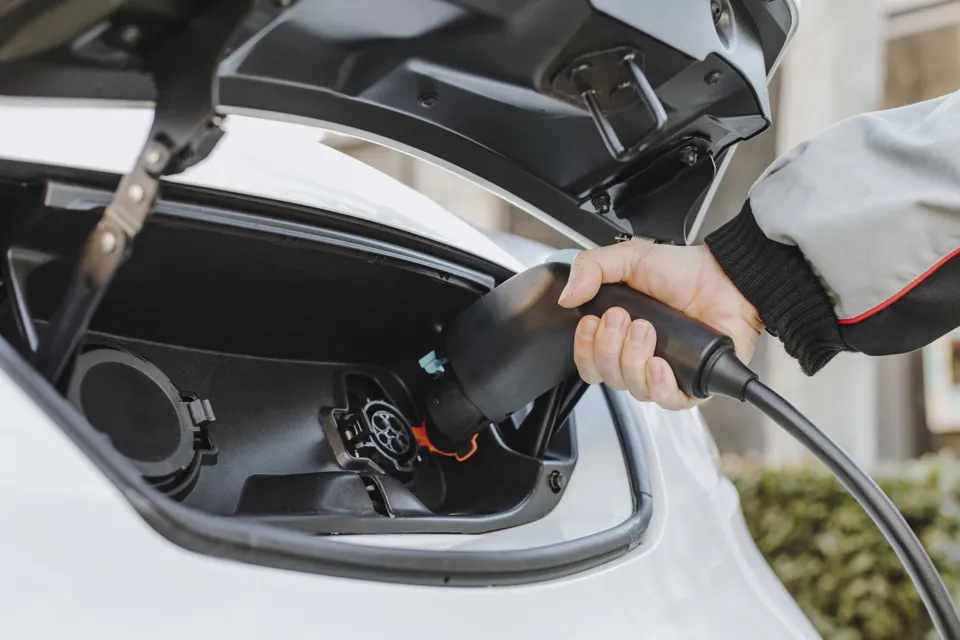Fleet operators are failing to utlise their electric vans, with diesel-powered models being worked twice as hard, according to data from Michelin Connected Fleet.
It shows the average diesel van travels 63 miles per day, while electric models cover just 23.
The data also highlights that 59% of electric vehicles (EVs) are being plugged in when the state of charge is greater than 50%.
“Range anxiety is clearly impacting the fleet market’s confidence in electric vans, resulting in EVs being overcharged, and under-worked,” said Alberto De Monte, business segment director for EV and OEM at Michelin Connected Fleet.
He added: “In most applications the EVs you buy today have the range to do the job of a petrol or diesel-powered van in and around cities, but they’re being deployed on the lightest duty work – whilst ICE assets are being worked harder, which is less efficient and increases emissions.”
Michelin Connected Fleet’s analysis revealed that van drivers charged batteries to 90% or more in 76% of the charging events it studied – in comparison with car drivers who hit 90% or more in only 58% of instances.
De Monte said: “We know lithium-ion batteries perform best when the state of charge is maintained between 20-80%, and the general advice is to only charge the battery fully if you need that additional range for a particularly long journey.
“What we’re seeing points to more guidance being needed for fleets to ensure they are maximising the benefits which transitioning to EVs offer; and not storing up issues which could impact performance and residuals down the line.”




















Login to comment
Comments
No comments have been made yet.